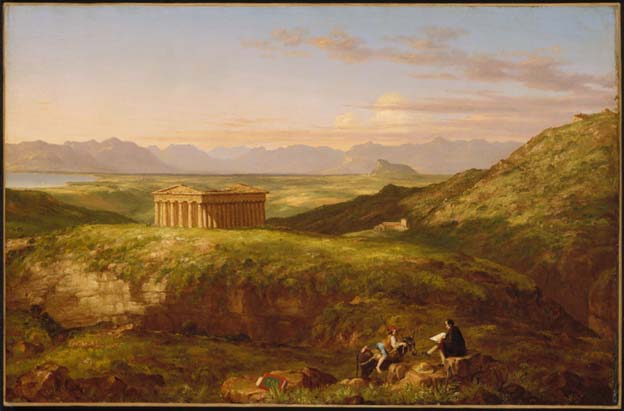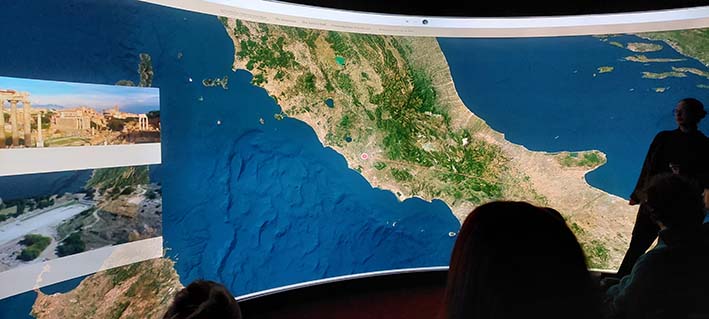In September 2023, my investigations of the Asklepieion near Pergamon involved reviewing the material culture of the sanctuary.
While the aim of the 2021 season was to identify on site and understand the 18 different architectural layers identified by the excavators (see the blog ‘Tracing Walls’), it was now time to examine the material culture in closer detail. Our Deep-Map of the Asklepieion contains over 3000 items, all of which have been published, largely in the Altertümer von Pergamon series. While several inscriptions may be seen on site, just a few select items are on display in the Bergama Museum, so I was very fortunate to get to spend time in the depots, to now come to terms with the vast quantities and variety of material culture at the shrine, indicating the broad scope of activities that went on there, over a long temporal arc expanding from prehistoric times to the present. It was interesting to see the selection process, especially by Gioia da Luca, whose work at the time formed a benchmark for much of the subsequent work on Hellenistic pottery.
The amount of material was both exciting and sobering, as it quickly became clear that the material in our deep map is only a fraction of the material from the sanctuary! Nonetheless, this gives an indication of the many different uses of the shrine over time, as well as some of the hotspots. I plan to return next year to continue these studies.

This fieldwork was possible through support from the project team of the DAI Istanbul, directed by prof.dr Felix Pirson, and with great help from Ulrich Mania, and the team of the TransPergMikro project. I am also grateful to the Max-Weber-Kolleg of the University of Erfurt, who provided funding through the project ‘Religion and Urbanity. Reciprocal formations’ (FOR 2779).







